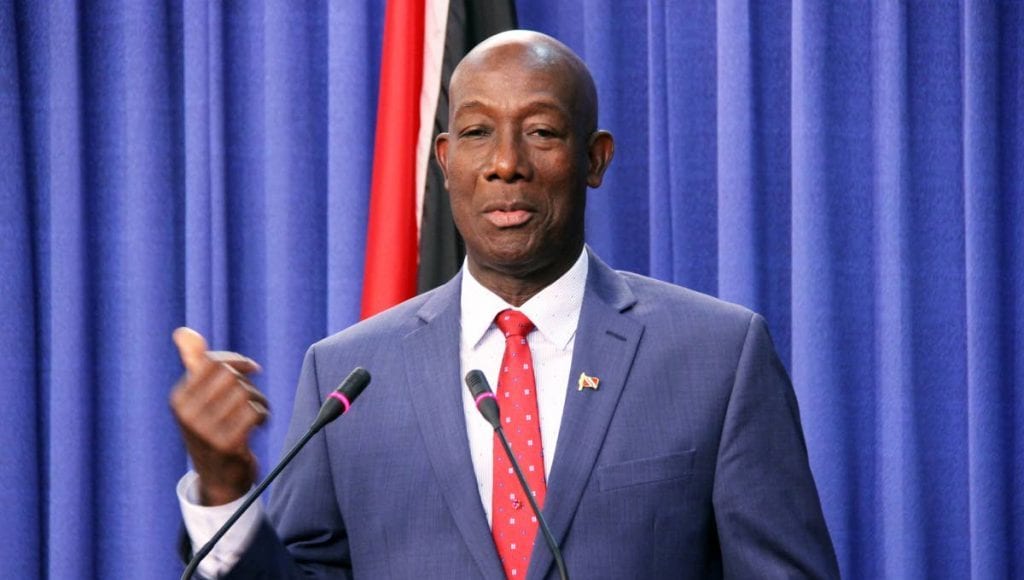As transition strategies begin to take shape around the world, it is becoming more evident that natural gas has a key role to play in helping countries and organizations achieve ambitious targets. Making this fundamental point recently was Prime Minister of Trinidad & Tobago, Dr. Keith Rowley.
During the virtual Energy Conference on June 7, the Prime Minister recalled findings from a report on the global outlook for the Gas Exporting Countries Forum’s (GECF). In this report, he pointed out that energy demand is expected to grow by 24% by 2050, and indicated that natural gas is expected to be the only hydrocarbon resource to increase its share of the global energy mix, increasing from 23% to 28% in 2050.
Dr. Rowley further stated that the GECF Global Gas Outlook projects that natural gas demand is projected to rise by 50%, from 3,950 billion cubic metres in 2019, to 5,920 billion cubic metres in 2050. Demand for natural gas, the report further indicated, is expected to be boosted by cumulative economic and population drivers, environmental concerns, positive policy support in many countries, and increasing availability of supply.
The Prime Minister pointed out that in the coming years, the International Gas Union (IGU) expects that natural gas will continue to play central roles in global energy supply and de-carbonization. This, he said, is due to its many “favourable attributes”, which include versatility for heating and power and use as a chemical feedstock, price competitiveness, energy density, availability and clean-burning properties.
“In addition to its own environmental merits,” Dr. Rowley explained, “natural gas is well suited to complement renewable energy, given its flexibility to ramp up or down as necessary to counteract the intermittency of renewable power sources.” In a Carbon Mitigation Scenario developed by the GECF which assesses the future role of natural gas in reducing emissions, the Prime Minister said it is projected that there is the potential to mitigate emissions by 6.8 gigatons of CO2 in 2050, with increasing penetration of natural gas and renewables.
Like Trinidad and Tobago, other Caribbean nations have already begun their transition to sustainable forms of energy, by incorporating for example, renewables into their energy mix. In fact, Barbados is aiming for 100% renewable energy by 2030, with Jamaica’s target set at 50% by 2030. The collective targets of the CARICOM States are set at 28% renewable energy penetration by 2022 and 47% by 2027.
With respect to Guyana, the government is looking to establish a gas-to-shore facility to improve the nation’s energy supply. The project would involve running a 120-mile-long pipeline from the Liza Phase 1 project to a gas facility in Wales – a location 16km from the capital city of Georgetown.
The project, which has already been deemed a “no brainer” by the Guyana government, can see ExxonMobil piping as much as 50 million cubic feet of associated gas to shore per day. The gas will provide electricity to hundreds of thousands of consumers across Guyana at half the cost they are paying now.
Guyana’s Vice President Dr. Bharrat Jagdeo had said that there are a number of factors to consider such as who will own the facility, as well as whether it will be a public-private partnership or a government-owned project. The government has already moved to conduct studies for the proposed project.



